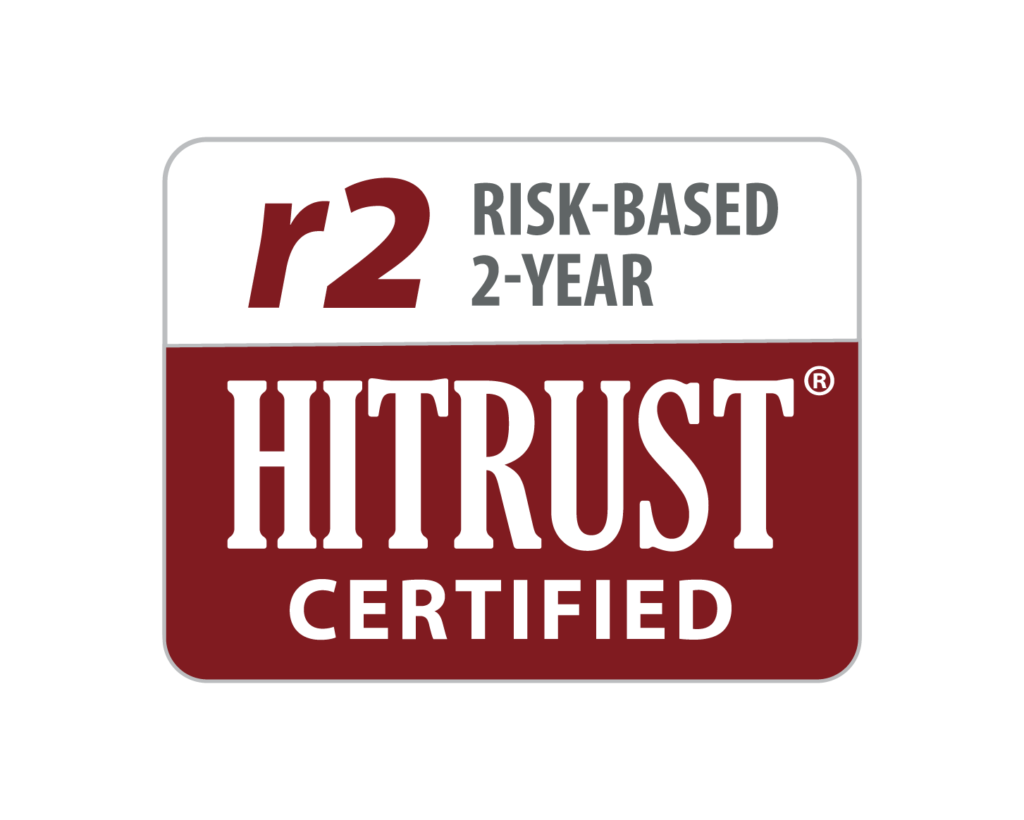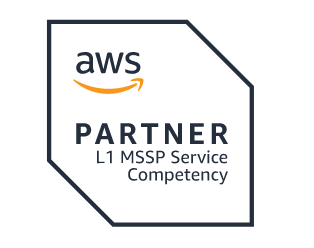Good Data Saves Lives
by RaeAnne Marsh
One thousand people die every day due to medical error. This shocking revelation at a Senate hearing last year put medical error at the No. 3 position for cause of death in the United States. Electronic health records (EHRs) are seen as part of the solution to this problem but their implementation comes with its own set of problems. “It’s in its early stages and is not universally deployed,” says Darin Brannan, president and CEO of ClearDATA, who founded his company to provide infrastructure-managed services with a threefold goal: fix the infrastructure, fix the security and provide interoperability.
“Advancements in EMR, telemedicine, et cetera are not happening — due to infrastructure that’s aged or there’s none at all for digital application,” Brannan says, noting ClearDATA’s solutions are purpose-built for healthcare. There’s opportunity now to advance healthcare by being able to digitize data, collect and analyze it beyond what has historically been very localized, but it’s impeded by a lack of consistent infrastructure. Yet the value, Brannan points out, is “longitudinal data from many physicians leads to better outcome of diagnosis and treatment.”
Brannan reports that data breaches are the biggest concern of technology and information officers of the healthcare organizations he talks to. “They have to open patient and consumer portals, so they are exposed to the Internet. But security is not their core competency.” From 2009 to 2014, 40 million records were breached. Supporting his observation that the situation is getting worse, Brannan notes the number of breaches in 2014 was a 20-percent increase over 2013. He hopes his company will be seen by consumers as “the Fort Knox” so they will have the confidence to give up their data — which adds to the pool of data for analysis.
Interoperability, Brannan admits, “is the hardest part of what we do.” Since the advent of EHRs, there have been hundreds of disparate applications. “It’s been a localized industry, and, therefore, highly fragmented software companies.” Noting a lot of data is in silos, Brannan relates as example that his brother, an interventional radiologist, “spends 85 percent of his time entering data — cutting and pasting from one system to another.” Creating interconnectedness among the applications will make the data more useful, helping healthcare providers connect and organize it and run analytics across it. This helps them make better decisions, from back-office finances to front-office care.
Originally published July 2015 at:
http://inbusinessmag.com/healthcare/good-data-saves-lives#.Vbv8KZNVhHx


